1460cc SOHC Inline 4-Cylinder Engine Twin SU H4 Carburetors 108bhp at 6,400rpm 4-Speed Manual Transmission 4-Wheel Drum Brakes 4-Wheel Independent Suspension *Imported to Australia by Jack Brabham, 1956 *1957 Victorian Tourist Trophy class winner *1958 Victorian Hill Climb class winner *Extensive Vintage Racing History THE MOTORCAR OFFERED Postwar England struggled with crippling shortages, but the privation often led to adaptation, innovation, and revolution. John and Charles Cooper followed that path to success, building up Cooper Cars into one of the most accomplished and revered motorsport enterprises. In the process, utilizing Owen Maddock's innovative 1954 chassis design, Cooper Cars forged a new revolution in sports-car racing with the Cooper T39 "Bobtail" of 1955-56. The initial T39 was powered by a Coventry-Climax FeatherWeightAutomotive 1100cc four-cylinder engine nestled within a tubular chassis. The lack of purpose-built racing parts forced Cooper to adapt components from various sources, but innovation is clearly displayed in the driver's center seating and in the aluminum alloy body's truncated rear, fashioned by Maddock in response to Kammback aerodynamic theory. Hence, the nicknames of Manx tail or Bobtail. Total production is unknown but is accepted to be less than fifty. Fewer than fifteen are thought to exist today. Ivor Bueb was first to race a T39, at Brands Hatch in 1955, finishing 3rd. The "Bobtail's" first appearance of two at Le Mans was in that year's ill-fated race; in 1957 Jack Brabham and Ian Raby placed 15th overall, 3rd in class. In 1956 Charles Cooper asked Brabham to ship a T39 to Australia and introduce the model to the country's racing scene in November's Australian Tourist Trophy. Brabham's friend Bill Patterson, an accomplished amateur racer (1954 Australian Hill Climb champion), knew of the plan and asked Brabham to bring him a T39 as well, equipped, like Brabham's, with the more powerful Coventry-Climax FWB 1460cc engine. According to Brabham in a 2008 conversation with the car's current owner, T39s were in short supply, so to get Patterson's car Brabham deftly intercepted a T39 that had been destined for America. Indeed, when the two T39s arrived in Australia, the car on offer today sported the white and blue-striped livery meant for the Briggs Cunningham team. Stirling Moss won the race in a Maserati 300S, leading a host of the heavy, front-engine machinery then dominating sports-car racing; Brabham finished 11th but first in class, undoubtedly attracting the desired attention with his foot-to-the-floor driving style. Patterson DNF'd after rolling his car on the first lap but returned on the meet's second weekend for a class win, 3rd overall. Patterson next entered the 1957 Australian Grand Prix but failed to start after gearbox problems in qualifying. This T39's next race was the 1957 Victorian Tourist Trophy. Patterson took a well-earned third and a class win, and then placed second in the 1957 NSW South Pacific Championship at Mount Panorama. In 1958 Patterson competed only three times, notably taking a class win and second overall at the Victorian Hill Climb Championship, obliterating the class record by a full four seconds. Patterson then sold the car to Alan Jack, who ran it sparingly in both the 1959 and 1961 seasons but finish 5th at the 1959 Australian Grand Prix. At the 1961 Australian GP at Mallala, Jack finished 7th as Coopers captured six of the first seven slots. Jack's final race in the car was the Australian Tourist Trophy, where he took 4th overall and 1st in class. After Jack retired the car, it passed through several more owners before ending up in a rural auto museum in western Australia, where it was discovered as a heavily campaigned old racecar, by the present owner. It did have the original chassis with number plate; lower arms; magnesium brake hubs, drums, uprights and rims; driver's seat; steering wheel; instruments; undertrays; tank and more. The original, fra
1460cc SOHC Inline 4-Cylinder Engine Twin SU H4 Carburetors 108bhp at 6,400rpm 4-Speed Manual Transmission 4-Wheel Drum Brakes 4-Wheel Independent Suspension *Imported to Australia by Jack Brabham, 1956 *1957 Victorian Tourist Trophy class winner *1958 Victorian Hill Climb class winner *Extensive Vintage Racing History THE MOTORCAR OFFERED Postwar England struggled with crippling shortages, but the privation often led to adaptation, innovation, and revolution. John and Charles Cooper followed that path to success, building up Cooper Cars into one of the most accomplished and revered motorsport enterprises. In the process, utilizing Owen Maddock's innovative 1954 chassis design, Cooper Cars forged a new revolution in sports-car racing with the Cooper T39 "Bobtail" of 1955-56. The initial T39 was powered by a Coventry-Climax FeatherWeightAutomotive 1100cc four-cylinder engine nestled within a tubular chassis. The lack of purpose-built racing parts forced Cooper to adapt components from various sources, but innovation is clearly displayed in the driver's center seating and in the aluminum alloy body's truncated rear, fashioned by Maddock in response to Kammback aerodynamic theory. Hence, the nicknames of Manx tail or Bobtail. Total production is unknown but is accepted to be less than fifty. Fewer than fifteen are thought to exist today. Ivor Bueb was first to race a T39, at Brands Hatch in 1955, finishing 3rd. The "Bobtail's" first appearance of two at Le Mans was in that year's ill-fated race; in 1957 Jack Brabham and Ian Raby placed 15th overall, 3rd in class. In 1956 Charles Cooper asked Brabham to ship a T39 to Australia and introduce the model to the country's racing scene in November's Australian Tourist Trophy. Brabham's friend Bill Patterson, an accomplished amateur racer (1954 Australian Hill Climb champion), knew of the plan and asked Brabham to bring him a T39 as well, equipped, like Brabham's, with the more powerful Coventry-Climax FWB 1460cc engine. According to Brabham in a 2008 conversation with the car's current owner, T39s were in short supply, so to get Patterson's car Brabham deftly intercepted a T39 that had been destined for America. Indeed, when the two T39s arrived in Australia, the car on offer today sported the white and blue-striped livery meant for the Briggs Cunningham team. Stirling Moss won the race in a Maserati 300S, leading a host of the heavy, front-engine machinery then dominating sports-car racing; Brabham finished 11th but first in class, undoubtedly attracting the desired attention with his foot-to-the-floor driving style. Patterson DNF'd after rolling his car on the first lap but returned on the meet's second weekend for a class win, 3rd overall. Patterson next entered the 1957 Australian Grand Prix but failed to start after gearbox problems in qualifying. This T39's next race was the 1957 Victorian Tourist Trophy. Patterson took a well-earned third and a class win, and then placed second in the 1957 NSW South Pacific Championship at Mount Panorama. In 1958 Patterson competed only three times, notably taking a class win and second overall at the Victorian Hill Climb Championship, obliterating the class record by a full four seconds. Patterson then sold the car to Alan Jack, who ran it sparingly in both the 1959 and 1961 seasons but finish 5th at the 1959 Australian Grand Prix. At the 1961 Australian GP at Mallala, Jack finished 7th as Coopers captured six of the first seven slots. Jack's final race in the car was the Australian Tourist Trophy, where he took 4th overall and 1st in class. After Jack retired the car, it passed through several more owners before ending up in a rural auto museum in western Australia, where it was discovered as a heavily campaigned old racecar, by the present owner. It did have the original chassis with number plate; lower arms; magnesium brake hubs, drums, uprights and rims; driver's seat; steering wheel; instruments; undertrays; tank and more. The original, fra

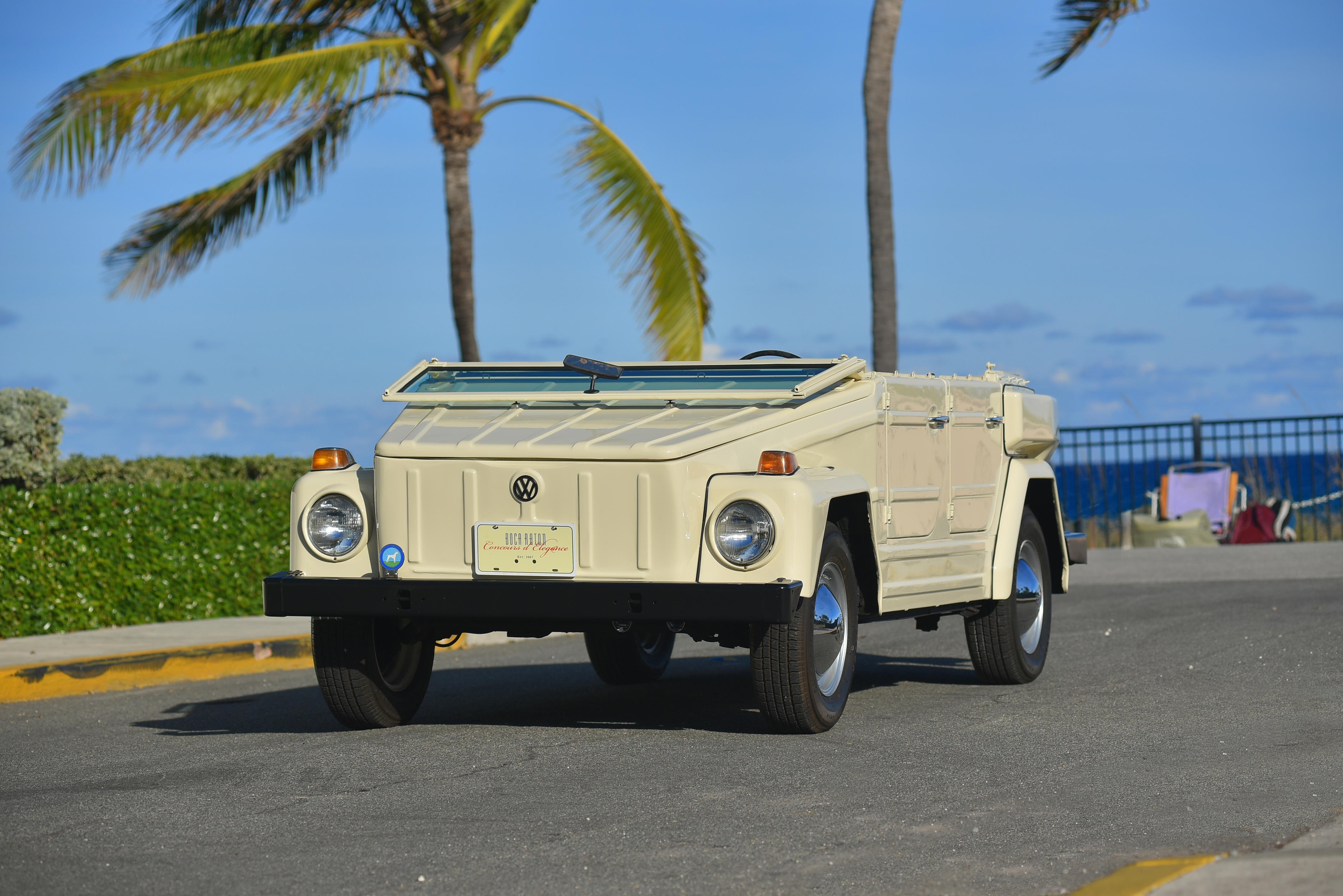

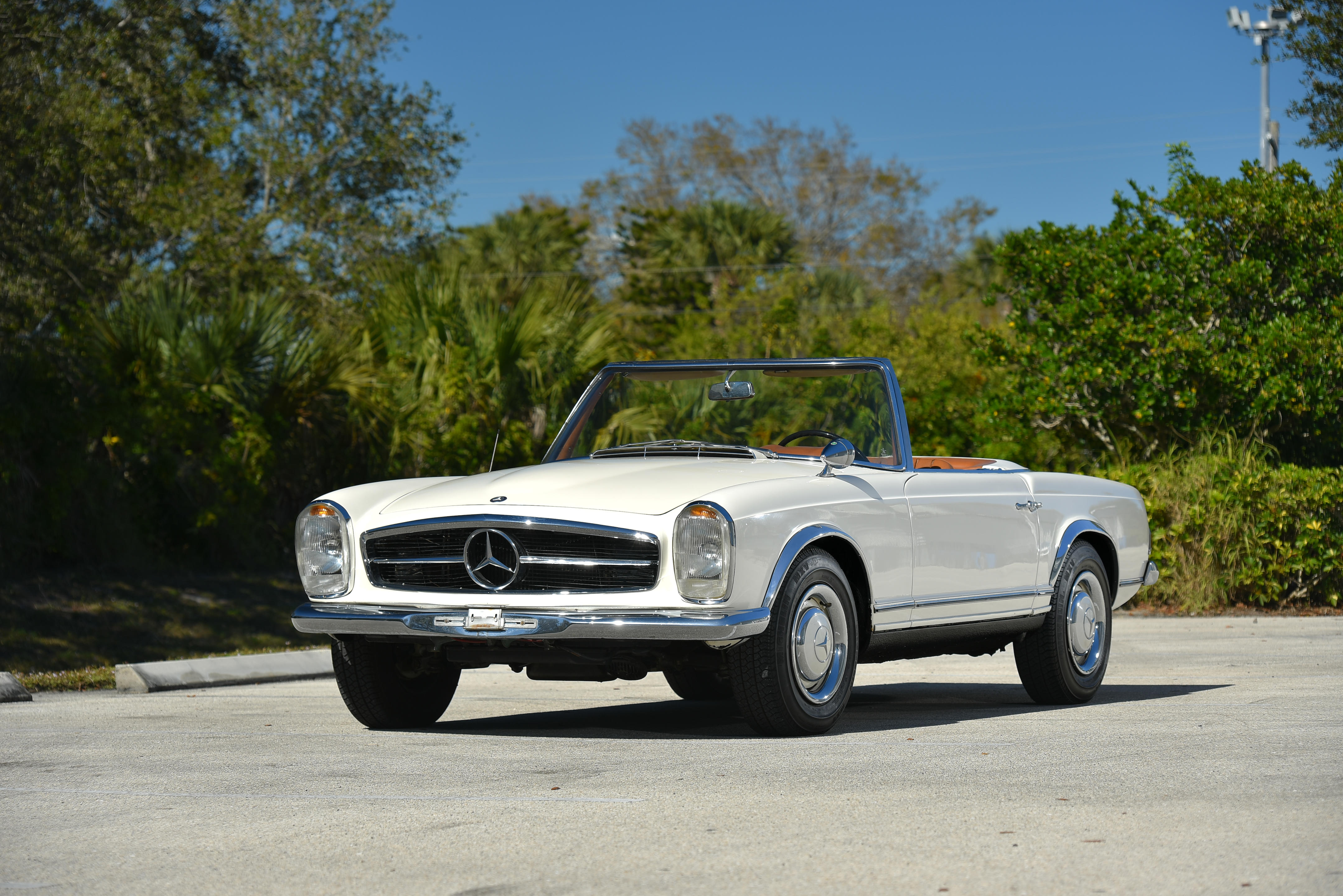
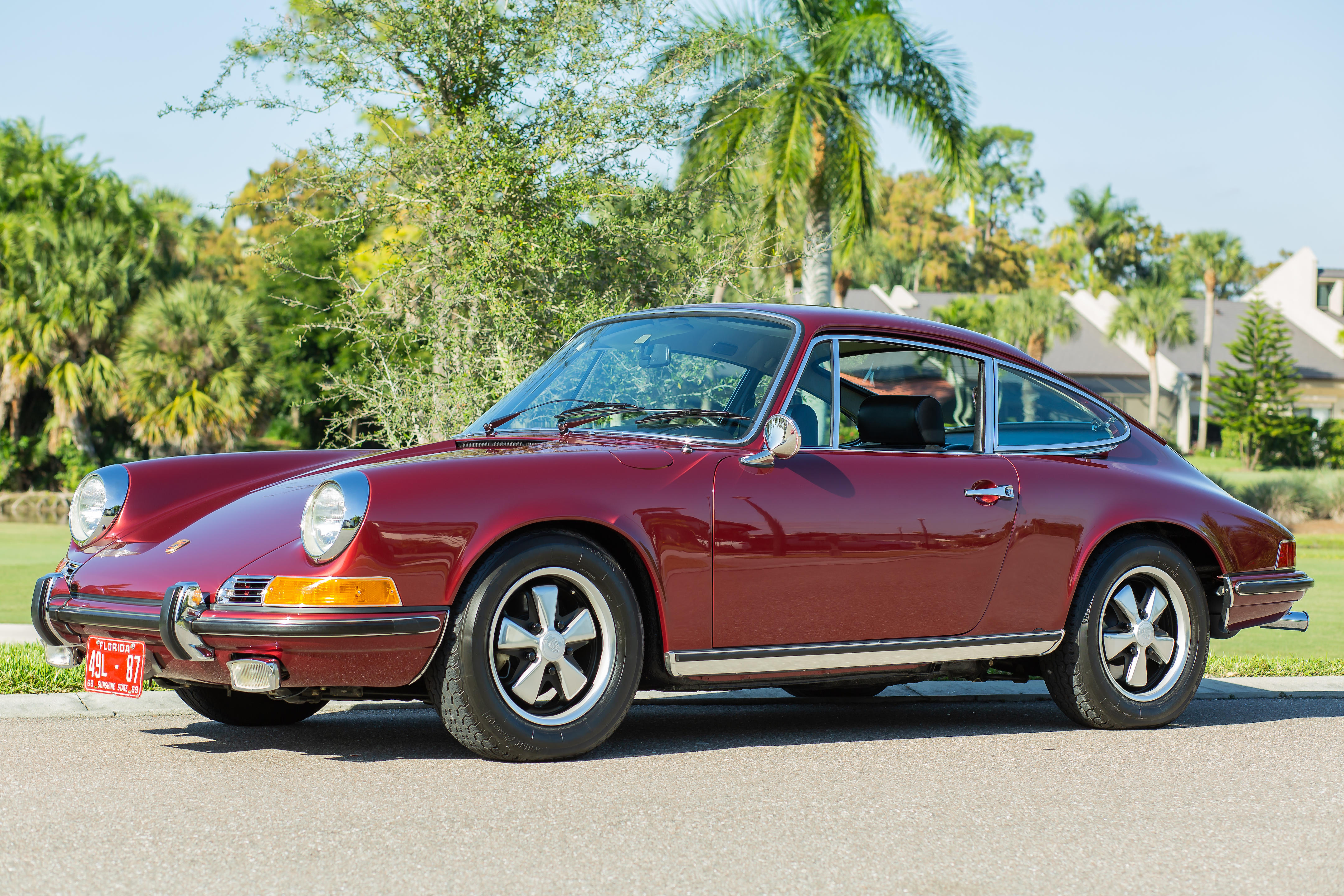
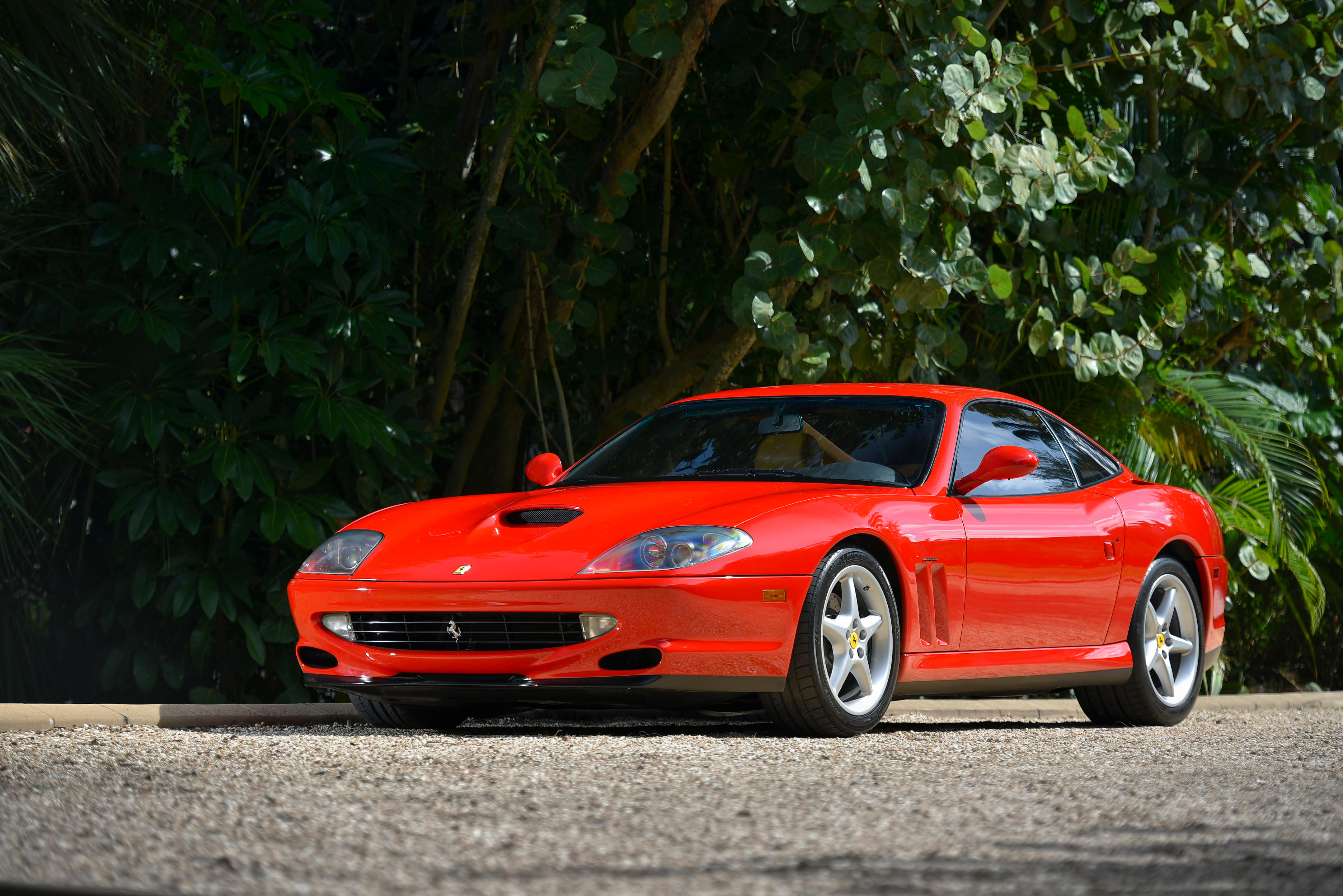
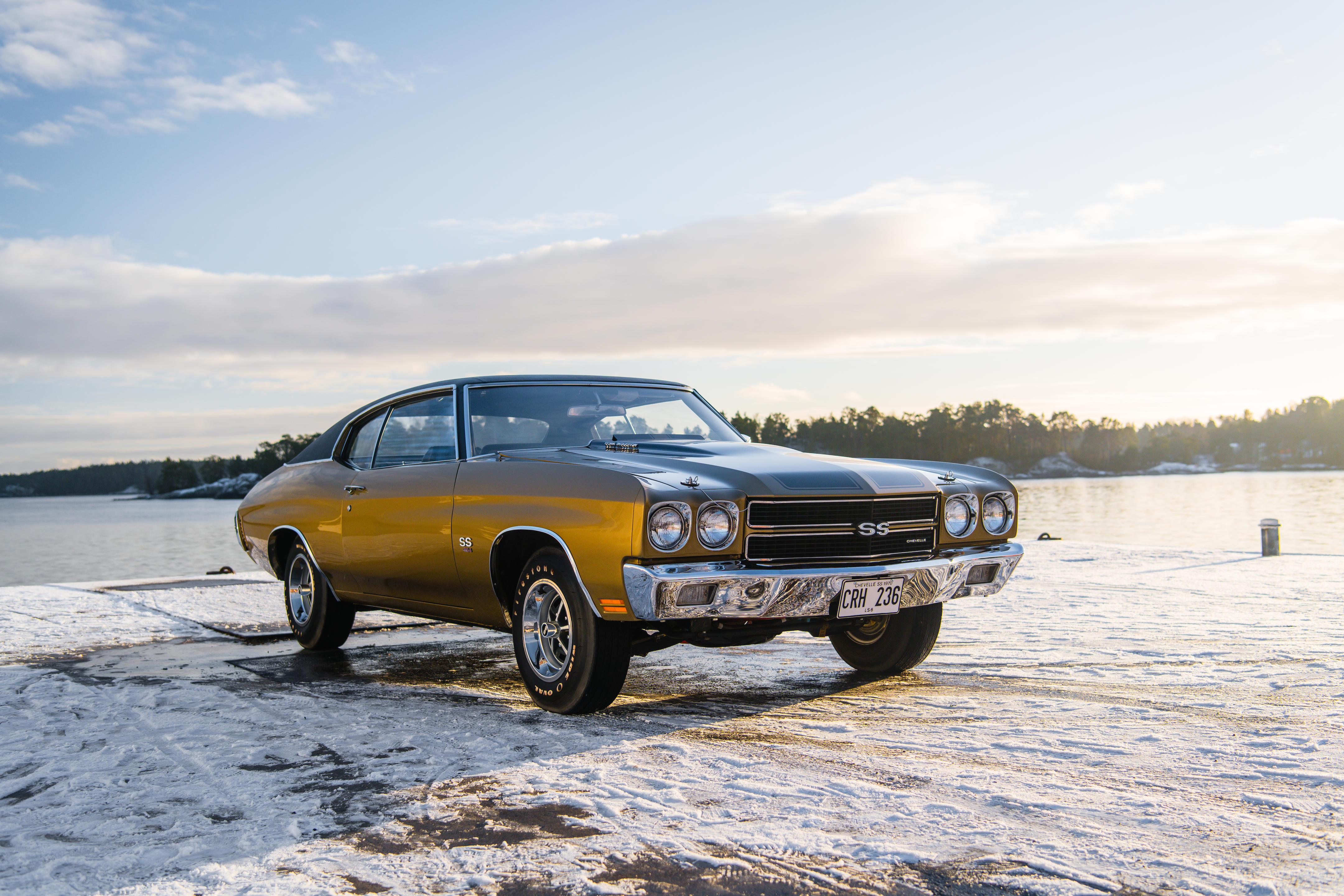
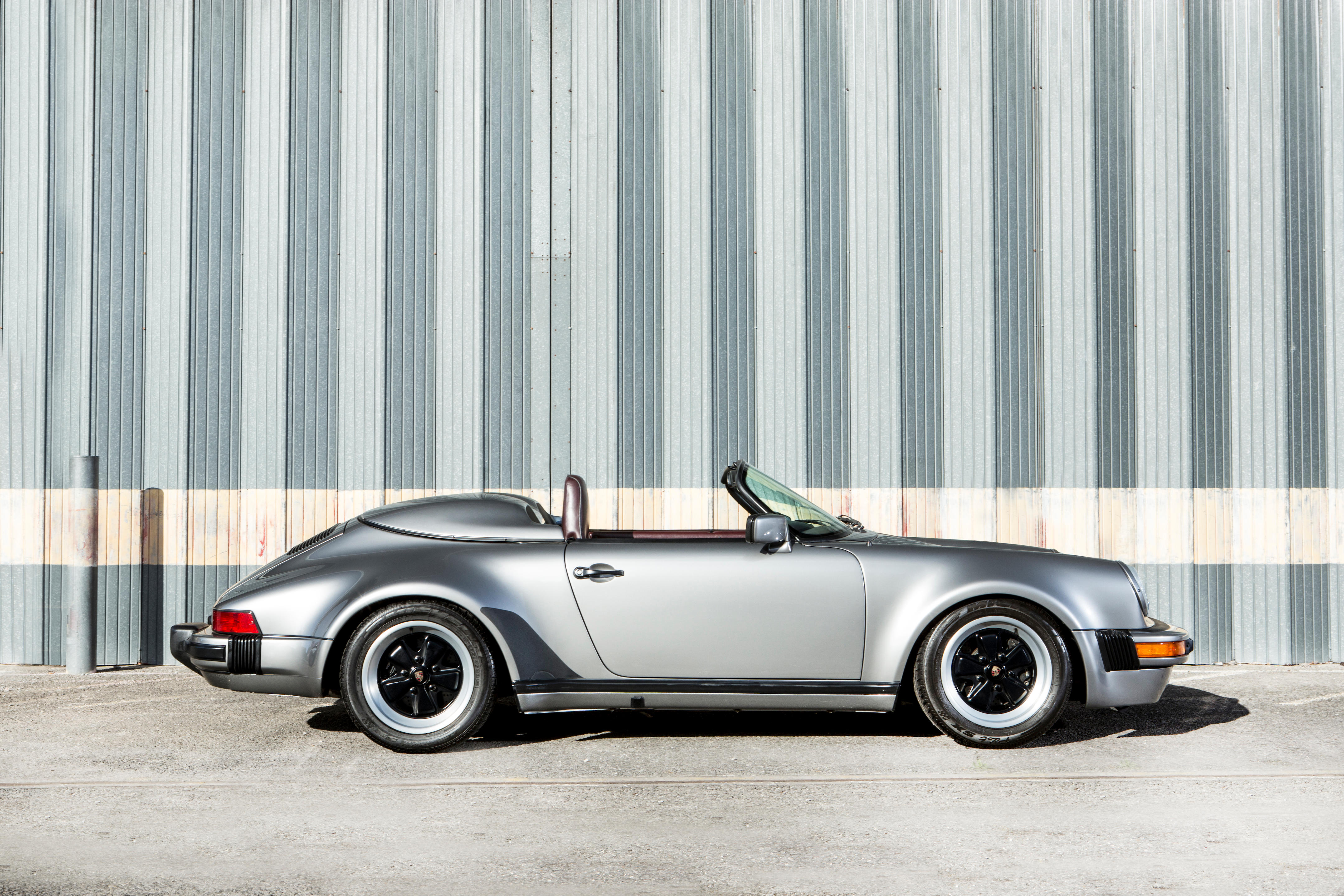


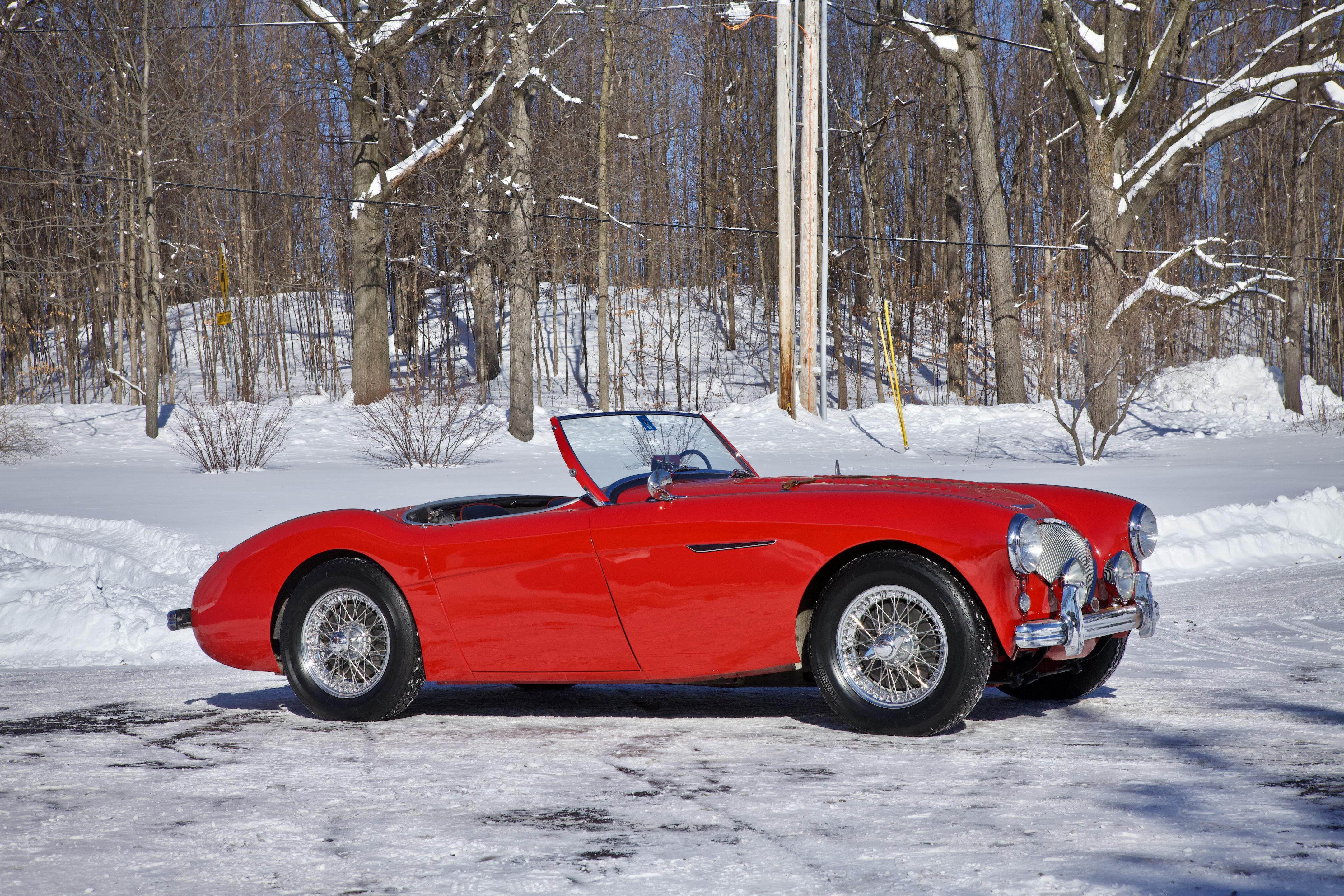
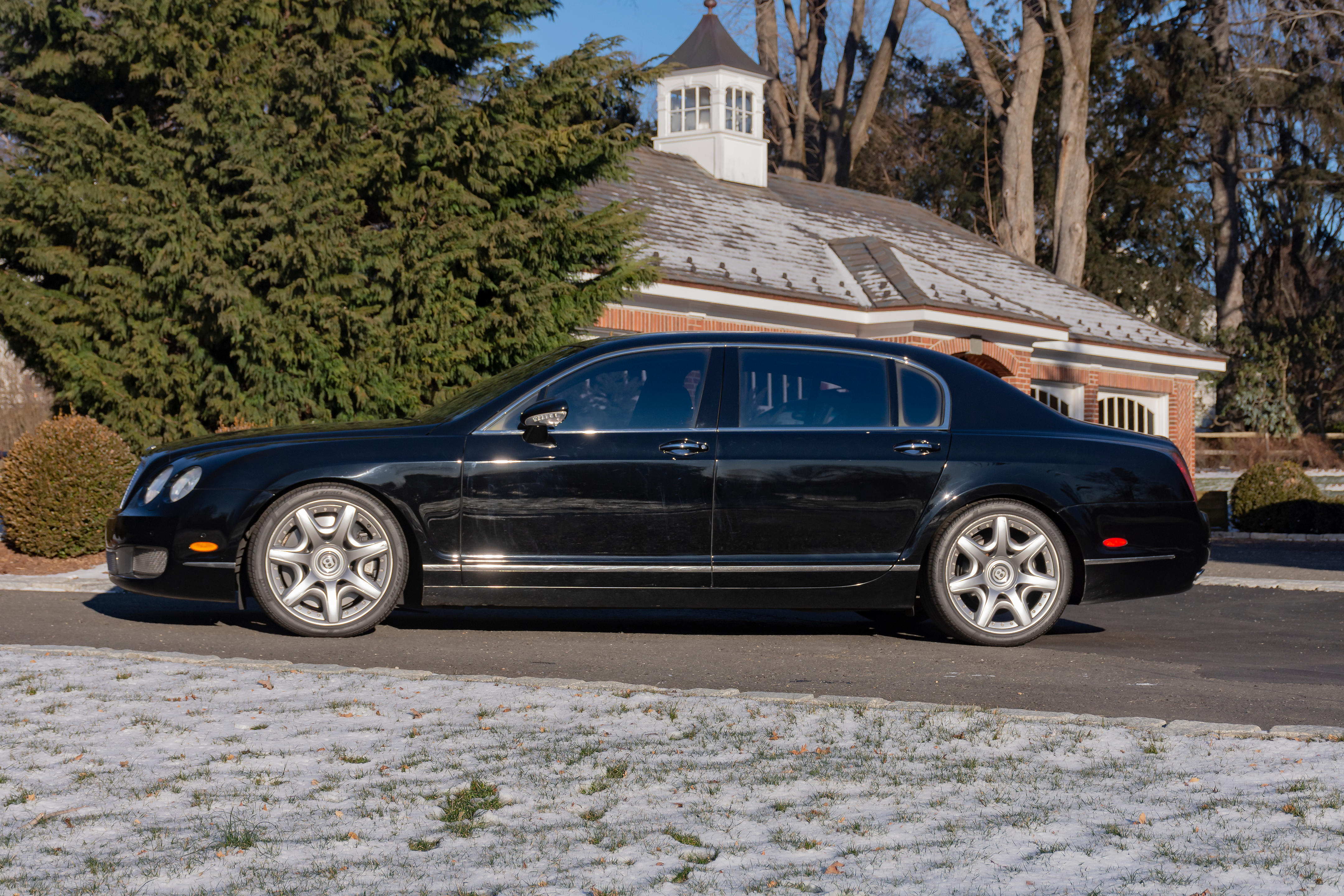

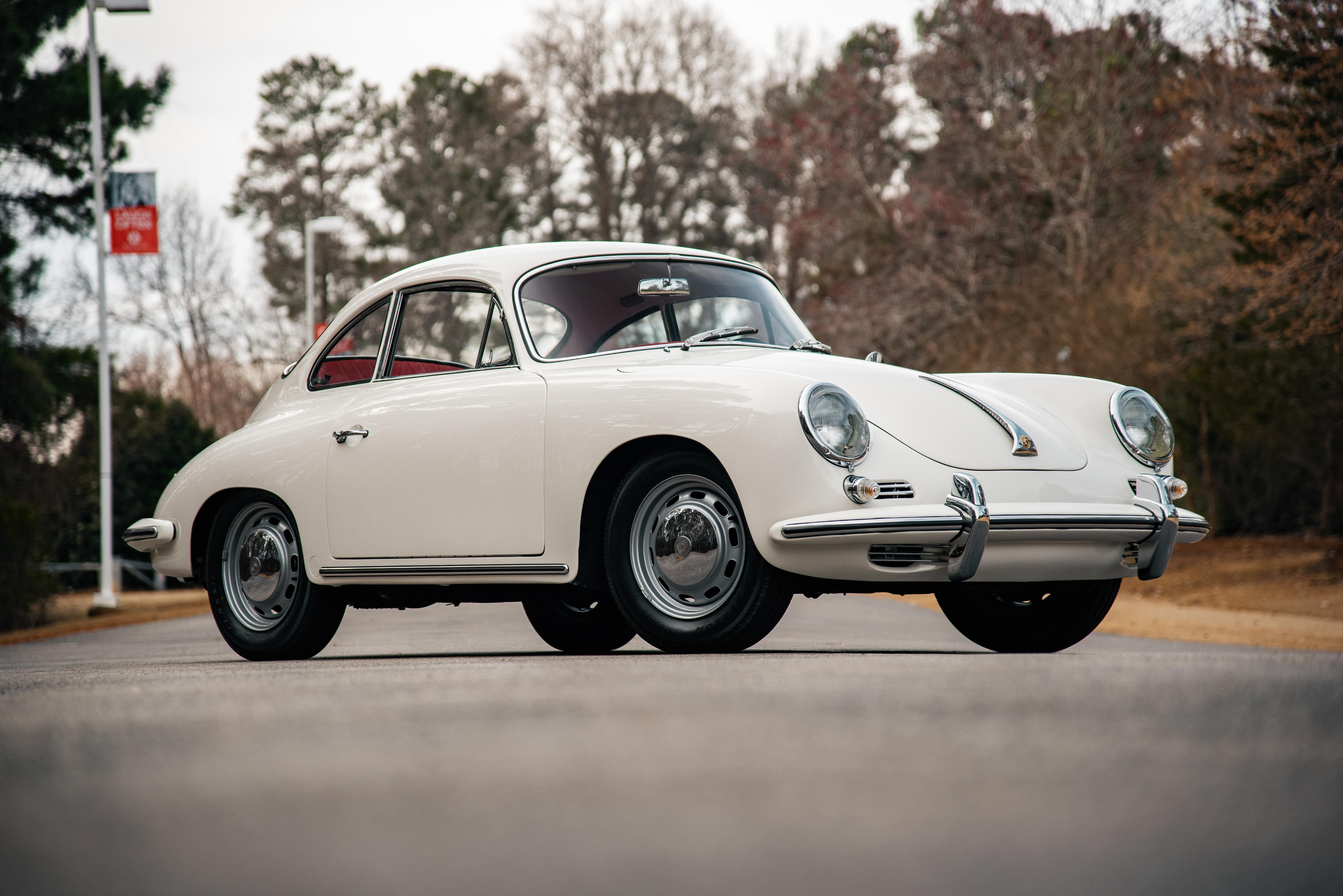
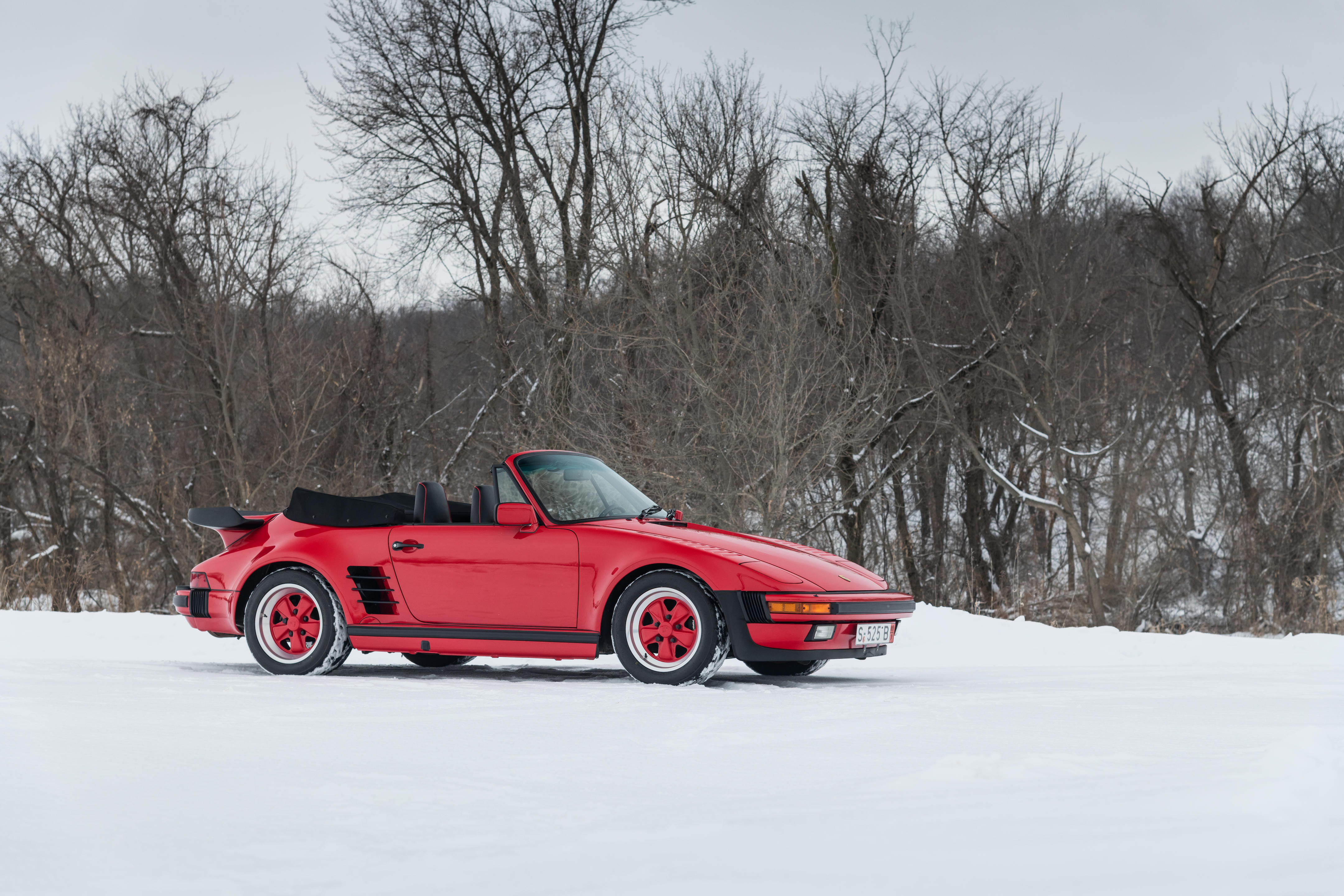
Testen Sie LotSearch und seine Premium-Features 7 Tage - ohne Kosten!
Lassen Sie sich automatisch über neue Objekte in kommenden Auktionen benachrichtigen.
Suchauftrag anlegen